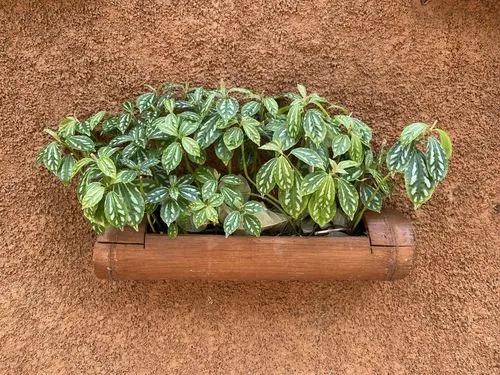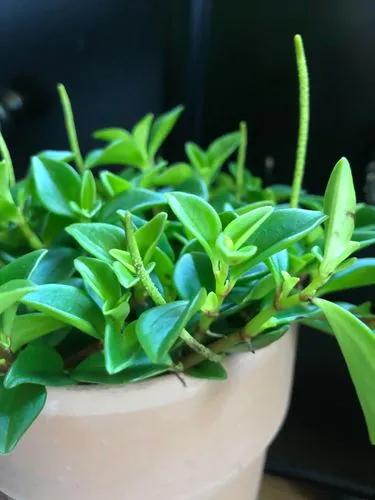Devil's Backbone is a low-maintenance plant that requires minimal care. It is a great choice for those who are new to gardening or for those who want to add some greenery to their home without the fuss.
Devil's Backbone Plant Care
euphorbia/ Pedilanthus tithymaloides
Other names: Zig Zag Plant, Japanese Poinsettia, Redbird Flower, Slipper Flower



It is a succulent identified as native to Mexico and Central America. This plant is known for its unique, elongated leaves that grow in a spiral pattern along its stem, giving it a unique and interesting appearance. It is also known for its small, yellow-green flowers that bloom in the spring.
How to Care for the Plant

Water

This flowering plant needs to be watered when the soil is slightly dry after the last session to avoid overwatering and root rot.

Pruning

Pruning can be done to control the plant's size or remove any dead or damaged growth. It is best to prune in the spring or early summer when the plant is actively growing.

Fertilizer

Fertilizing is not necessary, but if desired, it can be done once a month during the growing season with a cactus or succulent fertilizer.

Sunlight

Devil's Backbone prefers bright, indirect light and can tolerate some direct sunlight. It is best to place the plant near a window that receives bright light for at least 4 hours per day.

Soil

The ideal soil is well-draining with a pH of 6 to 7.5. A cactus or succulent potting mix is a great option.

Propagation

Propagation can be done by taking stem cuttings in the spring or summer. Simply remove a stem from the plant and allow it to callus over for a few days before planting it in well-draining soil.

Temperature

Euphorbia tithymaloides can thrive in temperatures between 60-90°F (15-32°C).

Container

This succulent can be grown in a container; it is best to use a small pot with drainage holes to prevent water from standing in the soil.

Fun fact

The sap of Euphorbia tithymaloides is toxic and can cause skin irritation, so it is important to wear gloves when handling the plant.

Popularity

338 people already have this plant 54 people have added this plant to their wishlists
Discover more plants with the list below
Popular articles






